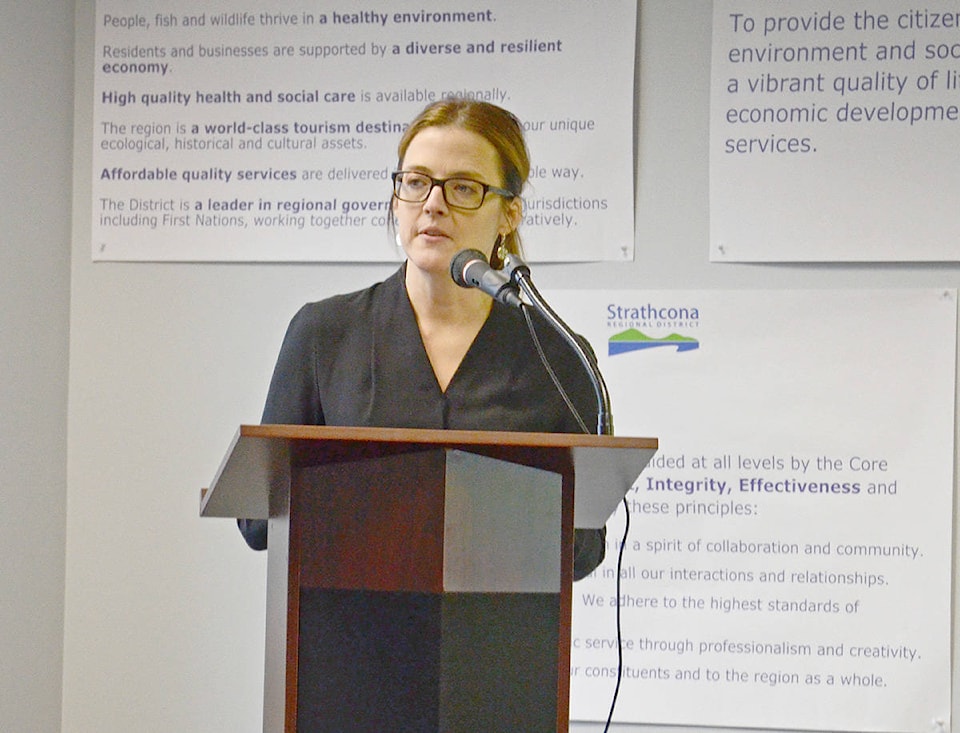The Strathcona Regional District is taking another step toward developing so-called “last-mile” broadband connectivity for smaller communities.
RELATED STORY: ICET helps Strathcona Regional District with ‘last-mile’ broadband work
This is part of the SRD’s involvement in the Connected Coast project, which will see upgrades of high-speed Internet for a number of rural or remote communities. This will involve laying undersea fibre optic cable, or “backbone” projects, but also last-mile projects focused on getting Internet providers to use the infrastructure to improve service for customers that live outside urban centres.
RELATED STORY: Strathcona Regional District’s broadband plans go to alternative approval process
The SRD recently received word its application to the Island Coastal Economic Trust (ICET) was successful. This will bring $30,000 in grant funding to meet with people in communities around the region to plan for projects.
“This is a great news story,” said Victoria Smith, SRD manager of strategic initiatives. “We have the Connected Coast project, but … we are not forgetting about the last mile.”
The money will support community-based sessions to help the SRD plan how to work toward improved connectivity. These will take place at the four electoral areas along with the communities of Gold River, Sayward, Tahsis and Zeballos. On the agenda will be examining what last-mile projects in each community should look like in terms of business cases and other opportunities. The process will likely include working with engineers to help examine what technical infrastructure requirements are needed in each case.
“It’s kind of like an economic development approach,” Smith told the board.
Smith also there should be government grant opportunities available in 2019 that can help with further work on last-mile infrastructure.
“We want to be as prepared as possible for these kinds of grant opportunities,” she said.
The grant from ICET will be matched by SRD money allocated in the financial plan for the initiative. Smith expects the plans to be completed with the communities during the spring of 2019.
Area B Director Noba Anderson wanted more specific information about the timing of the planning process.
“We anticipate engaging the contractors in the next few weeks,” Smith responded, adding that the community consultation process should be set up around late January or early February, with results coming back to the SRD board in the spring.
Members of the board were pleased with the possibilities this work will mean for smaller communities. Martin Davis, Tahsis’s mayor and SRD director, said that more people who work on the Internet can move to the community as its Internet service gets faster.
“It’s going to be huge for Tahsis,” he said.
